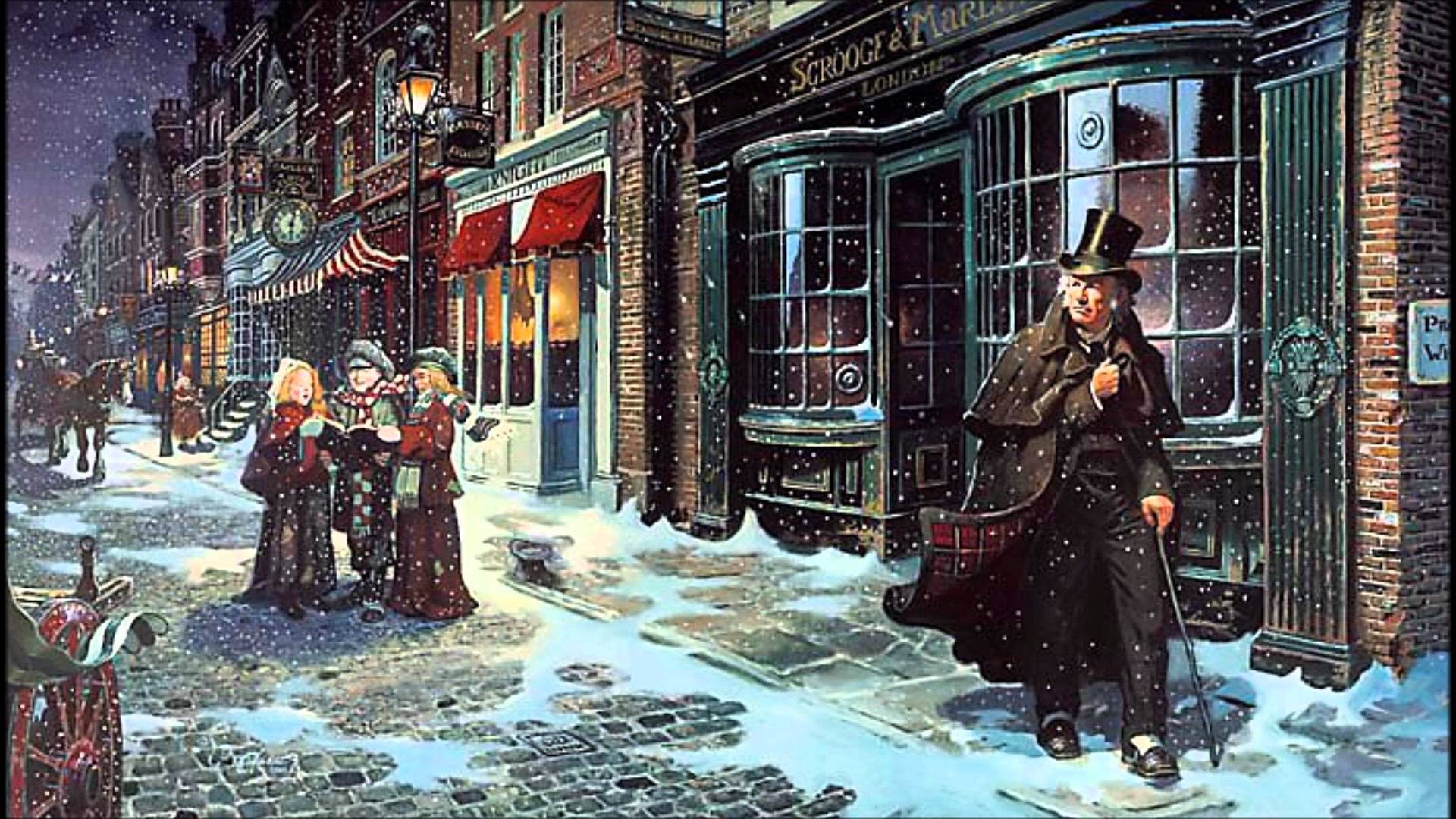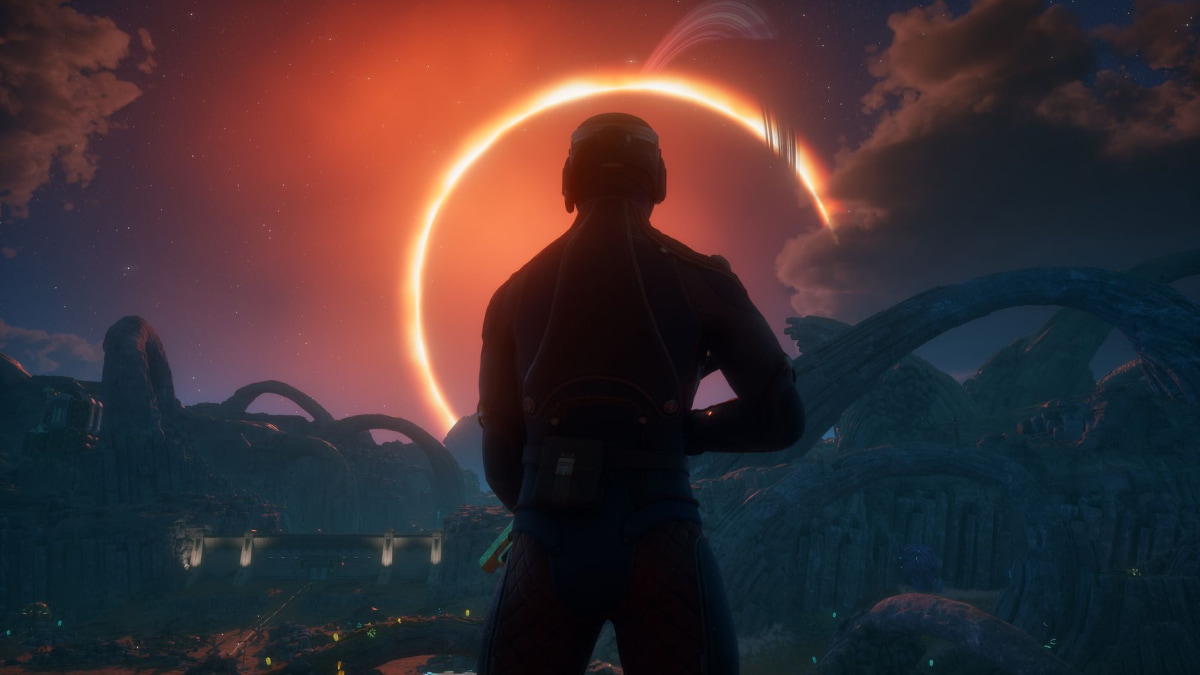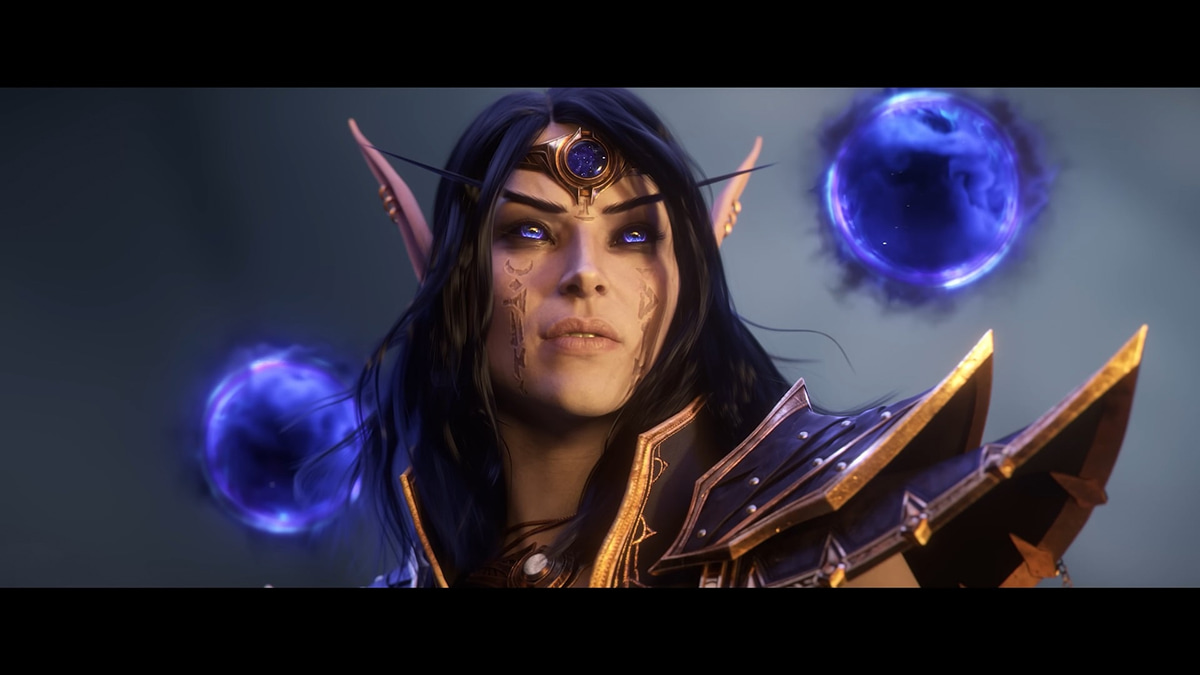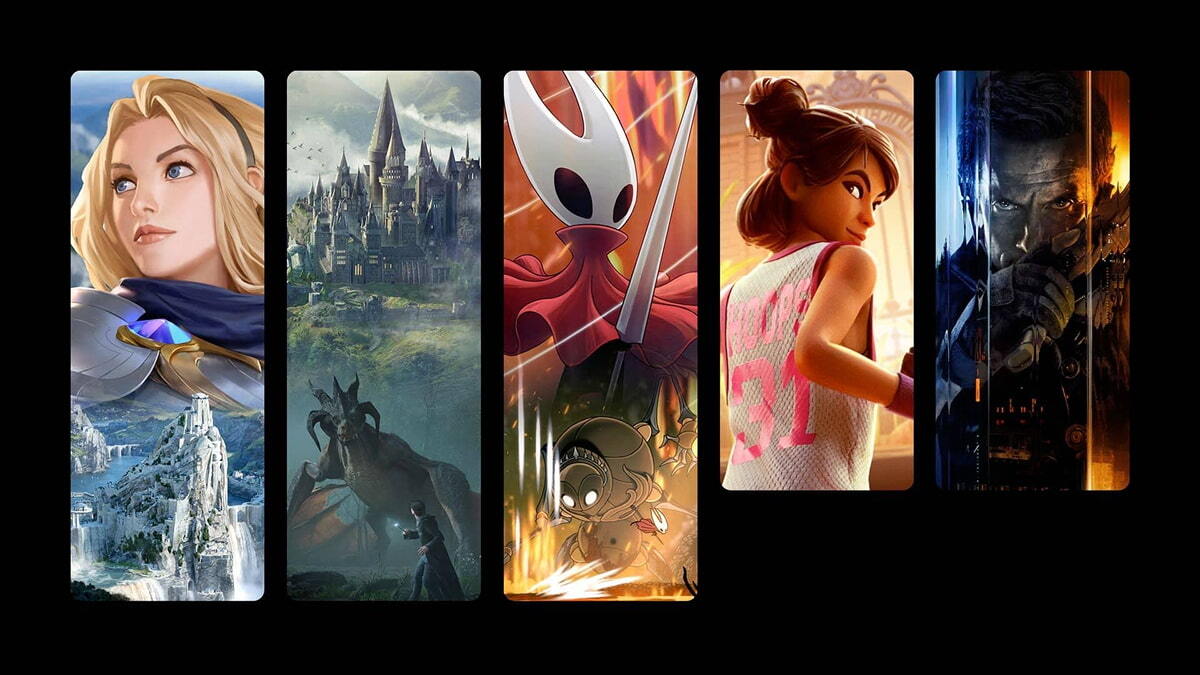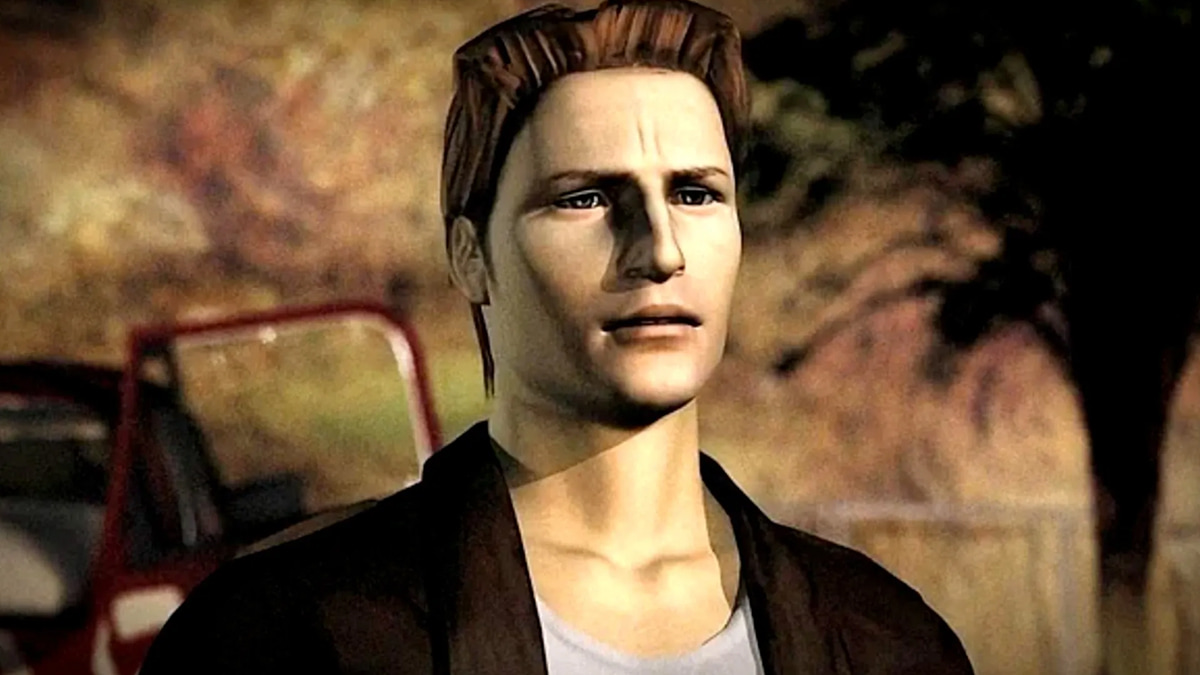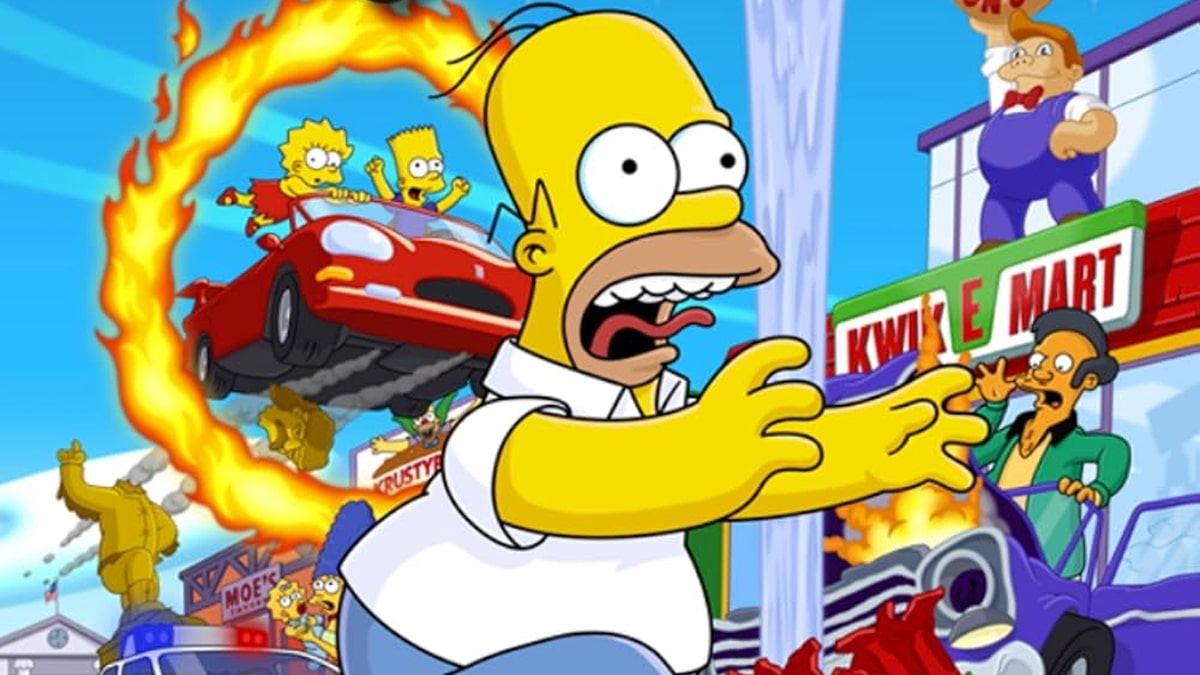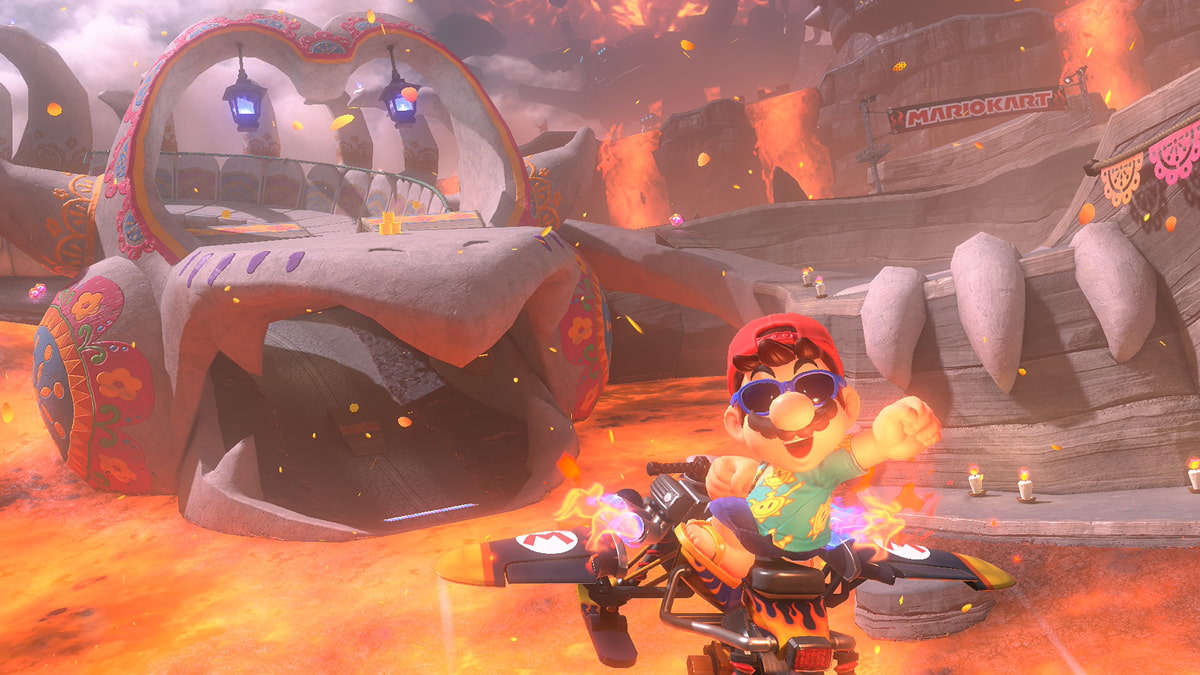You can trust VideoGamer. Our team of gaming experts spend hours testing and reviewing the latest games, to ensure you're reading the most comprehensive guide possible. Rest assured, all imagery and advice is unique and original. Check out how we test and review games here
‘What was light one instant, at another time was dark.’ So Dickens describes The Ghost of Christmas Past, with its shifting form, in A Christmas Carol. ‘The figure itself fluctuated in its distinctness,’ he writes, and I can’t help but think of 2018, the year games were caught, more than ever, between the past and the present. As we churn onwards, so churns the business of looking back; the games we loved, erased by the tide of shifting hardware, are remastered, remade, and above all remembered once again. What was dark one instant, at another time was light.
The roll call of the redos began in February, with Shadow of the Colossus, a game that relieved our imaginations from the stresses of wonder. No longer was there a need, as there was in 2005, to dream up a world while squinting through the coarse grain of its graphics. With the remake, all the detail was there, as clear as day, and the particles of its precision gave it a new sort of blur. It both was and wasn’t what we remembered. It fluctuated in its distinctness.
Those gasping to go back even further wouldn’t have to wait long. Secret of Mana arrived, a week or so later, dressed in freshly pressed polygons, and hoped to whisk us back to 1993, when we fought to save the sprites of the Vandole Empire. But now it was the sprites of the SNES that were most in need of saving. The 3D in the remake felt inflated, thin as a balloon. It’s characters, chunky and chibi, bobbled about the place looking, in vain, for personality. The secret to a good remake eluded them.
A good remake, like a good rhinoplasty, must be carried out with the utmost care, while keeping the sense of smell in tact. After all, the itch of longing we feel for the games of Christmases past is frivolous, liable to crumble at the slightest whiff of something awry. Developer Grezzo has a nose for this sort of thing. Its 3DS remakes of Ocarina of Time and Majora’s Mask were both lessons in nip and tuck, and the remake of Luigi’s Mansion, released in October, continued the tradition.
Here was a game that filled every inch of its tailoring, leveraging the accoutrements of its hardware to give new shape to a 17-year-old game. The mansion, with its cardboard-flap doors and cubbyhole rooms, was always something of a pop-up book; only now its phantoms truly lunged at us from the other side. (Until, with a headache, I hoovered them back in by turning off the 3D.) Elsewhere, a handy map unfolded on the second screen, and the rooms were re-carpeted with plush textures. These nifty touches, subtle and sure, betrayed a fear, in Grezzo, of gimmickry.
No such fear held sway over Big Evil Corp, who released Tanglewood, in August, for the Mega Drive. A puzzle-platformer, Tanglewood was set in a forest filled with mist and memory. It was made with Mega Drive development kits and seemed to suggest that if resurrection wasn’t your thing, you might try time travel instead.
It was a new game, an authentic cartridge release, yet there remained a feeling of falseness about it. It was as though Big Evil Corp understood that the menu chirps and the fuzz of familiar pixels, like an old smell, can seize us in the grip of the past. Gathering up these old charms, pounding them with a pestle and mortar, and spraying them, with an atomiser, over creaky designs can trick us and transport us, but only for a time. I stumbled away from Tanglewood with my head scrambled, as if the developer, true to its name, were conducting a nefarious experiment.
For those that daren’t meddle with their memories, it might be better to stick with remasters, which rarely do more than polish and laminate old games. In 2018, they arrived in similar fashion to Dickens’ ghost: ‘Being now a thing with one arm, now with one leg, now with twenty legs, now a pair of legs without a head, now a head without a body.’ Such were the shapes that re-emerged this year: blobs (De Blob 2 Remastered), squares (Lumines Remastered), four-wheeled (Burnout Paradise Remastered), two-legged (Shenmue I & II, Assassin’s Creed Rogue: Remastered), and altogether jumbled (Katamari Damacy Reroll).
Of all these, there were surely none more fitting than Dark Souls Remastered. What better way to accentuate the unceasing decay of Lordran than to scrub and spruce its mouldering surfaces? I can imagine Dark Souls creator, Hidetaka Miyazaki, pleased with the irony that we should reappraise the sun. Playing through Dark Souls was a strange thing. It was a relief to see Blighttown less blighted, moving in 60fps, as if its hinges had been oiled. Firelink Shrine’s sharpened colours caught the light like never before. But once these flourishes faded, there was something missing, something I couldn’t make out.
‘Dissolving parts, no outline would be visible in the dense gloom wherein they melted away,’ writes Dickens, as Scrooge squints into the darkness. ‘And in the very wonder of this, it would be itself again; distinct and clear as ever.’ Perhaps the key to looking back is that we still need the present and the future bundled in. It isn’t that we long for the old games so much as we longed for how new they once felt. Two of the freshest games to come out in 2018 were also both bound deliriously to the past.
Return of the Obra Dinn arrived in October, as if it had drifted back into port from long-ago. It cast you as an insurance auditor and tasked you with piecing together the chaotic events onboard a now-deserted East Indiaman merchant ship. Who would have thought that 2018 would bring us the first great insurance game? Oh, the thrills of thoroughness and sensible bookkeeping! But it was the look of the thing that slung me backwards, a dithered and dotty greyscale, invoking the Macintosh games of the early ‘80s and imbuing the game with the feel of old paper. It was all dissolving parts, melting away in the dense gloom.
Then, a month later, Tetris Effect arrived, 34 years after the original’s release. It wasn’t a remake or a remaster, and it wasn’t a re-release (like the Devil May Cry HD Collection or Castlevania Requiem, both staples of the quick cash grab). It was Tetris, but cast in the wonder of Tetsuya Mizuguchi’s music and trippy visuals. It came bearing a new mechanic, which rearranged its atoms in a profound way. And it showed, just as Return of the Obra Dinn did, that despite being soaked in the games of old, it is completely itself. Distinct and clear as ever.
